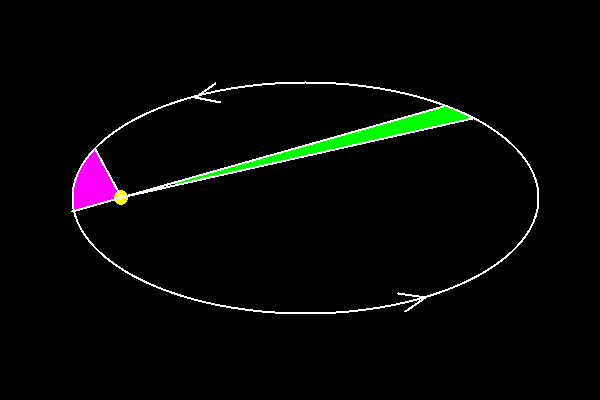
When the earth is nearest to the sun, the angle from where the sun
is one one day on the celestial sphere and where it is the next day
is a little greater than average.

This means that the sun moves on the celestial sphere a little farther
than usual:

Call the time of day when the sun crosses the meridian (he great circle in the sky that contains the north celestial pole and the zenith) ``local noon.''
On average, the time from one local noon to the next is 24 hours. But with the sun having moved farther than normal, it will take a little longer for it to get to the meridian. Thus the time from one local noon to the next will be a little longer than 24 hours.